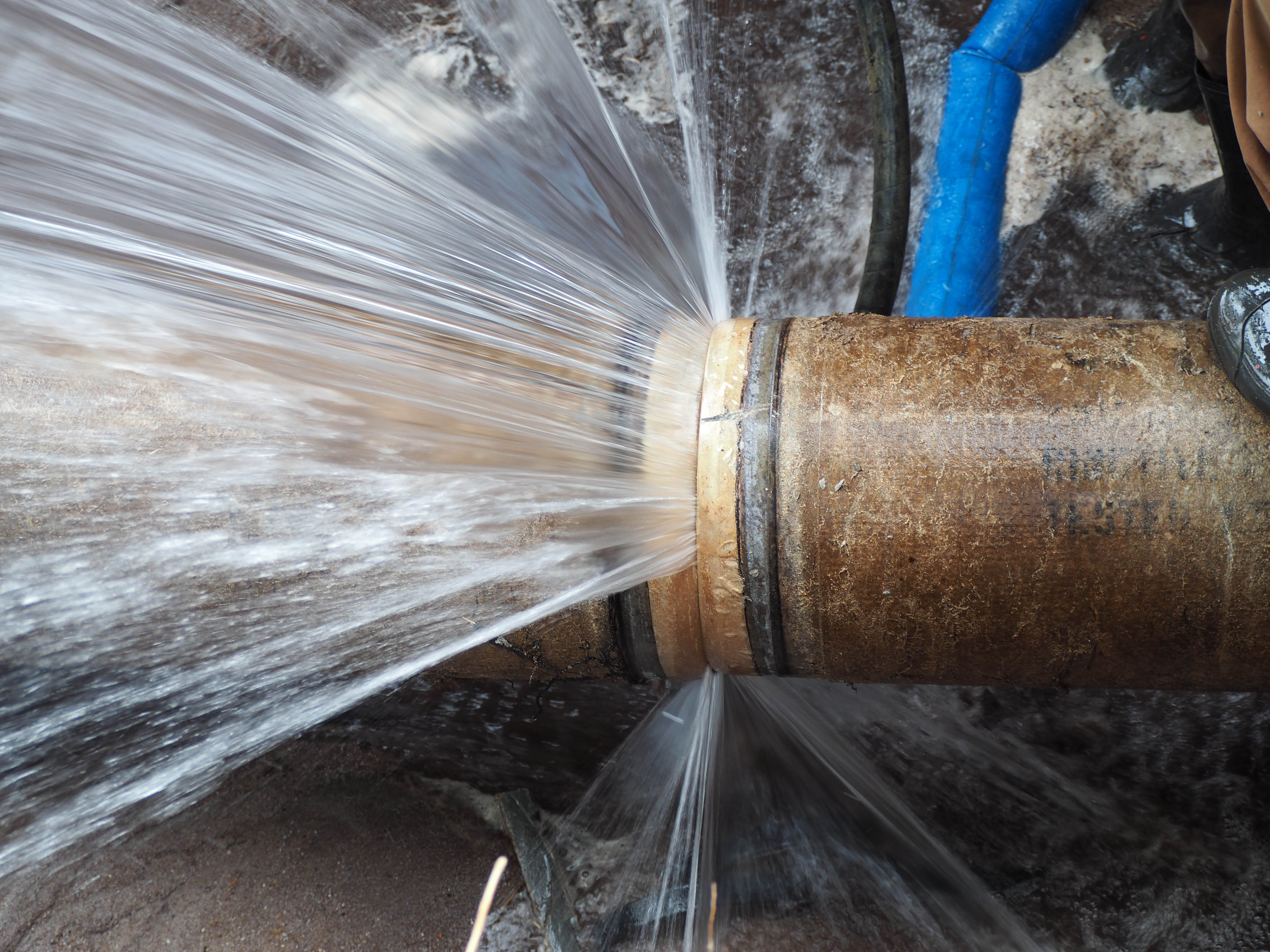Important Advice for Avoiding Frozen Pipes in Cold Weather Seasons
Important Advice for Avoiding Frozen Pipes in Cold Weather Seasons
Blog Article
The author is making a few good points related to 6 Ways to Prevent Frozen Pipes as a whole in this content down below.

Cold weather can ruin your pipes, especially by freezing pipes. Right here's exactly how to avoid it from taking place and what to do if it does.
Introduction
As temperature levels drop, the risk of icy pipelines boosts, possibly bring about expensive repairs and water damage. Recognizing just how to avoid frozen pipes is crucial for property owners in cool climates.
Avoidance Tips
Shielding susceptible pipes
Wrap pipelines in insulation sleeves or use heat tape to safeguard them from freezing temperature levels. Focus on pipes in unheated or exterior locations of the home.
Heating strategies
Maintain interior spaces appropriately heated up, particularly locations with pipes. Open up cabinet doors to enable warm air to distribute around pipelines under sinks.
Exactly how to identify icy pipelines
Try to find reduced water flow from faucets, uncommon smells or sounds from pipes, and visible frost on revealed pipelines.
Long-Term Solutions
Architectural adjustments
Consider rerouting pipelines away from exterior wall surfaces or unheated areas. Add additional insulation to attic rooms, basements, and crawl spaces.
Updating insulation
Buy high-grade insulation for pipes, attic rooms, and wall surfaces. Correct insulation aids preserve consistent temperatures and reduces the risk of icy pipes.
Shielding Outside Pipes
Garden tubes and outdoor taps
Disconnect and drain pipes garden hose pipes prior to winter. Install frost-proof spigots or cover outdoor taps with insulated caps.
Understanding Icy Pipes
What causes pipes to ice up?
Pipelines freeze when exposed to temperatures listed below 32 ° F (0 ° C) for extended periods. As water inside the pipes ices up, it expands, putting pressure on the pipe wall surfaces and potentially triggering them to break.
Risks and problems
Frozen pipes can bring about water supply interruptions, building damage, and pricey fixings. Burst pipelines can flooding homes and trigger extensive architectural damages.
Indications of Frozen Pipes
Identifying frozen pipes early can prevent them from rupturing.
What to Do If Your Pipes Freeze
Immediate activities to take
If you believe frozen pipes, maintain faucets open to alleviate pressure as the ice thaws. Make use of a hairdryer or towels taken in hot water to thaw pipes gradually.
Verdict
Stopping frozen pipes calls for positive steps and quick responses. By recognizing the reasons, indicators, and preventive measures, homeowners can safeguard their pipes throughout winter.
5 Ways to Prevent Frozen Pipes
Drain Outdoor Faucets and Disconnect Hoses
First, close the shut-off valve that controls the flow of water in the pipe to your outdoor faucet. Then, head outside to disconnect and drain your hose and open the outdoor faucet to allow the water to completely drain out of the line. Turn off the faucet when done. Finally, head back to the shut-off valve and drain the remaining water inside the pipe into a bucket or container. Additionally, if you have a home irrigation system, you should consider hiring an expert to clear the system of water each year.
Insulate Pipes
One of the best and most cost-effective methods for preventing frozen water pipes is to wrap your pipes with insulation. This is especially important for areas in your home that aren’t exposed to heat, such as an attic. We suggest using foam sleeves, which can typically be found at your local hardware store.
Keep Heat Running at 65
Your pipes are located inside your walls, and the temperature there is much colder than the rest of the house. To prevent your pipes from freezing, The Insurance Information Institute suggests that you keep your home heated to at least 65 degrees, even when traveling. You may want to invest in smart devices that can keep an eye on the temperature in your home while you’re away.
Leave Water Dripping
Moving water — even a small trickle — can prevent ice from forming inside your pipes. When freezing temps are imminent, start a drip of water from all faucets that serve exposed pipes. Leaving a few faucets running will also help relieve pressure inside the pipes and help prevent a rupture if the water inside freezes.
Open Cupboard Doors
Warm your kitchen and bathroom pipes by opening cupboards and vanities. You should also leave your interior doors ajar to help warm air circulate evenly throughout your home.

I hope you enjoyed reading our article about Helpful Tips to Prevent Frozen Pipes this Winter. Thanks for spending some time to read through our article. Feel free to take the time to share this blog posting if you liked it. We recognize the value of reading our article about Preventing and dealing with frozen pipes.
Schedule Your Service Report this page